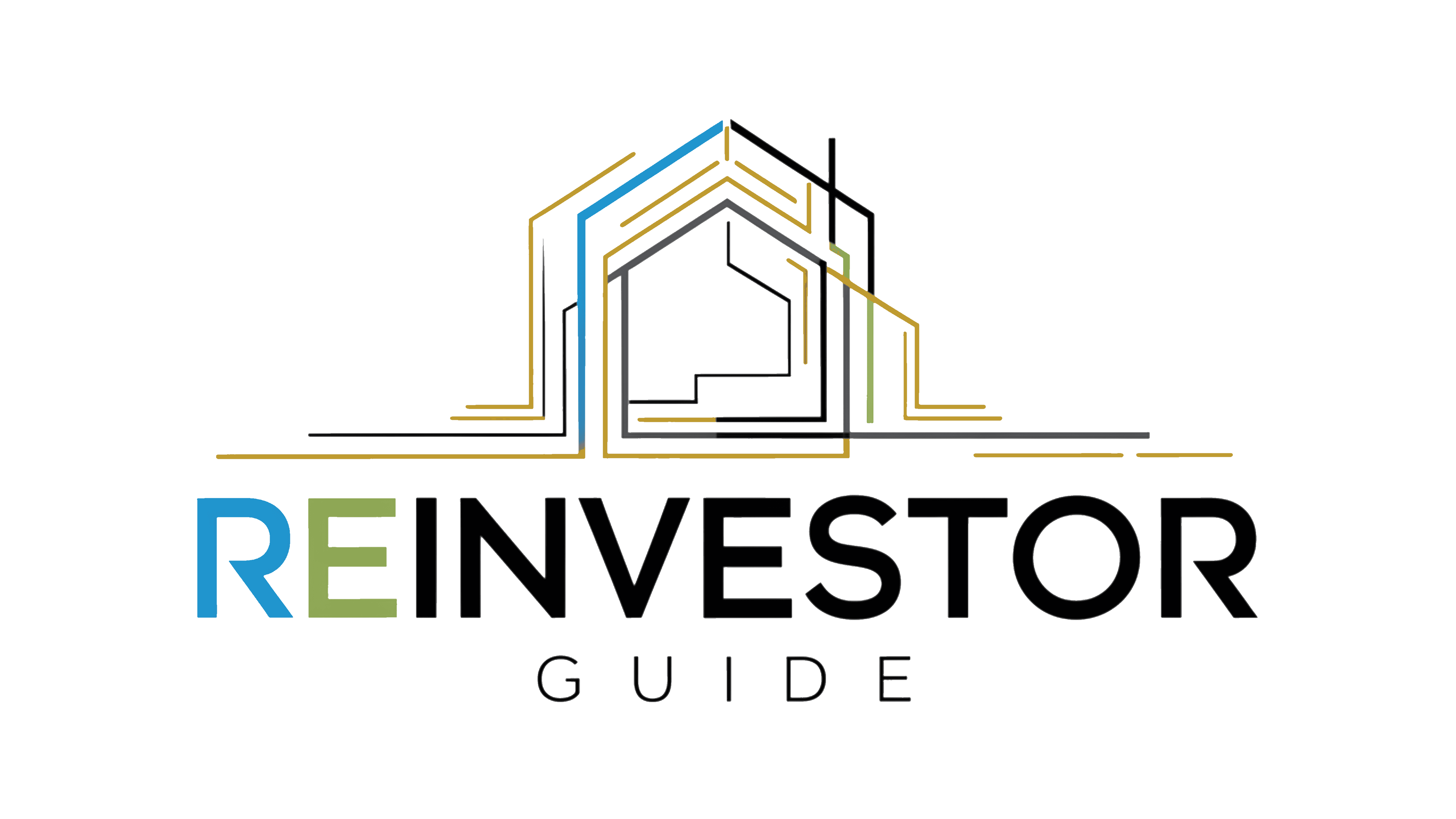If you’re exploring financing for your next real estate deal, you’ve likely come across the term LTV—short for Loan-to-Value ratio.
It’s one of the most important metrics lenders use to determine how much they’re willing to finance and how risky your loan appears. Whether you’re using a DSCR loan, conventional mortgage, or hard money, your LTV can make or break a deal.
In this guide, we’ll explain what LTV is, how it’s calculated, why it matters for investors, and how to leverage it strategically to grow your portfolio.
What Is LTV?
LTV (Loan-to-Value) is a ratio that compares the amount of the loan you’re requesting to the total value of the property. It tells lenders how much equity you (the borrower) have in the deal.
🧮 LTV Formula:
LTV = Loan Amount ÷ Property Value
Example:
If you’re buying a $400,000 property with a $300,000 loan:
- LTV = $300,000 ÷ $400,000 = 75%
That means you’re putting down 25%, and the lender is financing 75% of the purchase.
Why LTV Matters to Real Estate Investors
LTV impacts nearly every aspect of your financing:
✅ 1. Loan Approval
Most lenders have LTV limits to control risk. A lower LTV means less risk for them—and often a better shot at approval for you.
✅ 2. Down Payment
Your required down payment is the inverse of LTV. A 75% LTV means you’ll need to put 25% down.
✅ 3. Interest Rates
Lower LTVs often come with better rates, while high LTVs (like 80–90%) may trigger higher pricing or more fees.
✅ 4. Cash-Out Refi Limits
When refinancing, LTV determines how much equity you can access. Most cash-out programs cap LTV at 70–75% for rental properties.
✅ 5. Risk Management
From the lender’s perspective, higher LTV = higher risk. If values drop, they want enough borrower equity to reduce loss potential.
Typical LTV Requirements by Loan Type
| Loan Type | Max LTV (Purchase) | Max LTV (Cash-Out) |
| Conventional | 75–80% | 70–75% |
| DSCR Loan | 75–80% | 70–75% |
| Hard Money Loan | 65–75% | Varies |
| FHA (Owner-Occ) | Up to 96.5% | 80–85% |
| Portfolio Loan | 65–75% | 60–70% |
📌 Note: Rehab loans may calculate LTV based on ARV (After Repair Value) rather than current value.
How LTV Affects Your Real Estate Strategy
Understanding LTV can help you:
🟢 1. Optimize Leverage
A higher LTV lets you keep more capital for future deals—but also increases monthly payments and risk. It’s about balance.
🟢 2. Negotiate Better Terms
Lenders love low-LTV borrowers. If you’re below 65–70%, you might qualify for lower rates or fewer fees—especially with DSCR loans.
🟢 3. Maximize Equity Recycling
BRRRR investors aim to refinance at 75% LTV after increasing a property’s value—allowing them to pull cash out and repeat.
🟢 4. Choose the Right Exit
Your LTV affects whether it’s smarter to refi, sell, or hold. A low LTV gives you more options.
How to Lower Your LTV
If your LTV is too high and lenders say no, here’s how to fix it:
✅ Increase Your Down Payment
Bringing more capital to the table immediately lowers your LTV.
✅ Improve the Property Value
If you can buy under market or increase value through rehab, your loan request becomes a lower percentage of ARV.
✅ Reduce the Loan Amount
Negotiating a lower purchase price or funding part of the deal through private money can reduce your primary loan’s LTV.
Real-World Scenario: Using LTV to Scale
Investor: Laura is buying a $500,000 triplex with a DSCR loan.
- Loan = $375,000
- LTV = 75%
- Monthly income = $4,500
- DSCR = 1.35
- Outcome: Approved with 25% down, strong rate
Later, she adds value and refinances at the new appraised value of $600,000, keeping the loan at $450,000 = 75% LTV again. She pulls out $75K to fund her next down payment—without selling.
Final Thoughts
LTV is one of the most critical numbers in real estate financing. It affects your loan approval, your rates, and your ability to scale.
Understanding how to work with (and optimize) your LTV means you can:
- Unlock better financing
- Structure smarter deals
- Recycle equity for growth
- Reduce risk while leveraging capital
Whether you’re house hacking, flipping, or growing a rental empire, mastering LTV is a must.



